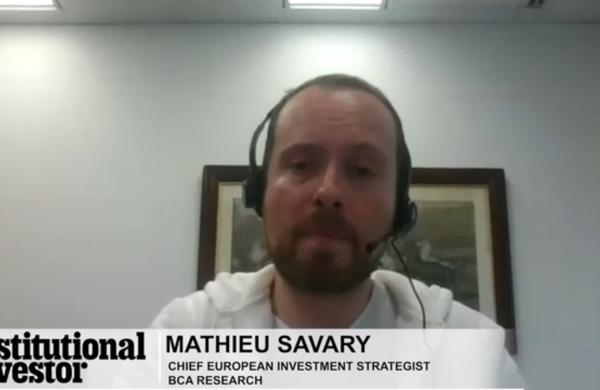To the average employee, it might seem a minor distinction.But in late 1999 Prudential Retirement Services became the first 401(k) provider to offer wireless access to its plan participants.
By Jinny St. Goar
May 2001
Institutional Investor Magazine
To the average employee, it might seem a minor distinction.But in late 1999 Prudential Retirement Services became the first 401(k) provider to offer wireless access to its plan participants. Fidelity Investments followed suit last September; CitiStreet is developing the capability. And Northern Trust Co. recently completed a pilot project to move data from one of its Web sites to wireless devices.
It made sense that Motorola signed on as one of Northern Trust's beta testers for wireless access. Its 401(k) plan has 90,000 participants and $6 billion in assets. At this stage neither Northern Trust's nor Fidelity's systems enable participants to transact trades. But restless employees can get fund balance information and some details about their holdings.
Not surprisingly, some industry veterans are skeptical about the new wireless access. "There's an amazing contradiction between handheld devices and 401(k)s," says F. William McNabb, managing director of institutional sales at Vanguard Group, alluding to the dissonance between instant messaging and a long-term investment horizon.
Dharmesh Shah, CEO of Pyramid Digital Solutions, a developer of Web-based software for 401(k) service providers, agrees. "If participants are day trading their 401(k) accounts, we're in trouble," he says.
"The tiny little screen means that the customer experience is much worse than looking at a computer monitor," says Shah, whose 70-person company counts Wells Fargo Retirement Plan Services, Zurich Scudder Investments and Fleet Retirement Plan Services among its clients.
But "today's brave new feature is tomorrow's requirement," argues Robert Dughi, president of CitiStreet, the retirement services joint venture between Citigroup and State Street Corp. The pressure stems from clients' wish lists: "If you can't click this off in a request for proposal, then you don't get past the first screen," contends Dughi.
Wireless access currently works with two-way pagers, Internet-ready cellular phones and handheld computers. Given the prevalence of wireless communications in Europe - for example, Forrester Research predicts that by midyear all new mobile phones sold in the U.K. will have Internet hookups - Northern Trust sees wireless access as a wave of the future for American consumers. "This will be a complementary mode," says Serge Boccassini, the director of product development for Northern Trust Retirement Consulting. "I'm not suggesting that wireless will take over."
With $10 billion in defined contribution assets under administration, Northern Trust Retirement Consulting currently offers Internet access to about 2 million participants. Only about 37 percent take advantage of it. Boccassini forecasts that somewhere between 10 and 20 percent of the Web users might migrate to wireless within the next three to five years.





